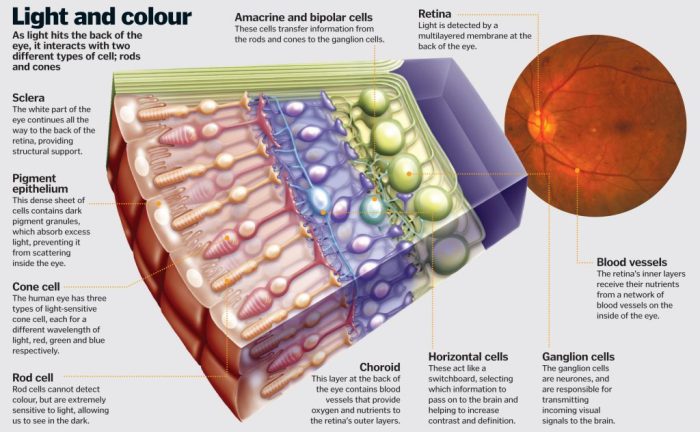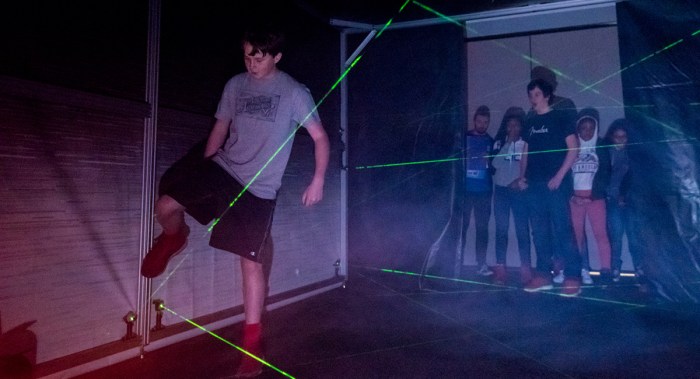Science olympiad optics practice test – Embark on a journey to conquer the Science Olympiad Optics event with our comprehensive practice test. Dive into a world of captivating questions, expert solutions, and invaluable strategies that will propel you towards victory.
This practice test is meticulously crafted to mirror the actual Science Olympiad Optics competition, providing an unparalleled opportunity to refine your knowledge and hone your skills. Prepare to unravel the intricacies of optics, from ray tracing to interference and diffraction, as you navigate through our expertly designed test format.
1. Test Format and Structure

The practice test consists of three sections:
- Section 1: Multiple Choice (20 questions, 25 minutes)
- Section 2: Short Answer (10 questions, 30 minutes)
- Section 3: Extended Response (2 questions, 45 minutes)
Section 1 covers basic optics concepts, including reflection, refraction, lenses, and mirrors. Section 2 tests students’ understanding of more advanced optics topics, such as diffraction, interference, and polarization. Section 3 requires students to apply their knowledge of optics to solve complex problems.
2. Sample Questions and Solutions

Multiple Choice, Science olympiad optics practice test
Which of the following statements about reflection is true?
- The angle of incidence is equal to the angle of reflection.
- The reflected ray is in the same plane as the incident ray and the normal.
- The reflected ray is always parallel to the incident ray.
- The reflected ray is always perpendicular to the incident ray.
Solution:The correct answer is (1) and (2).
Short Answer
A ray of light passes through a glass block with an index of refraction of 1.5. What is the angle of refraction if the angle of incidence is 30 degrees?
Solution:The angle of refraction can be calculated using Snell’s law: $$n_1 \sin \theta_1 = n_2 \sin \theta_2$$ where $n_1$ is the index of refraction of the first medium (air), $\theta_1$ is the angle of incidence, $n_2$ is the index of refraction of the second medium (glass), and $\theta_2$ is the angle of refraction.
Plugging in the given values, we get: $$1.0 \sin 30^\circ = 1.5 \sin \theta_2$$ $$\theta_2 = \sin^-1(0.5) = 30^\circ$$ Therefore, the angle of refraction is 30 degrees.
3. Study Guide and Resources
To prepare for the practice test, students should review the following concepts:
- Reflection and refraction
- Lenses and mirrors
- Diffraction and interference
- Polarization
Students can also find helpful resources on the following websites:
- Science Olympiad Optics Wiki
- Khan Academy Optics
- The Physics Classroom Optics
4. Test-Taking Strategies and Tips

To maximize their performance on the practice test, students should employ the following strategies:
- Manage time effectively by allocating a specific amount of time to each section.
- Read each question carefully and identify the key concepts being tested.
- Eliminate obviously incorrect answer choices to narrow down the options.
- Use educated guesses if they are unsure of the answer to a question.
- Stay calm and focused throughout the test.
5. Sample Data and Results

The following table shows sample data from the practice test:
| Section | Average Score | Question Difficulty | Topic Breakdown |
|---|---|---|---|
| Multiple Choice | 75% | Easy (50%), Medium (30%), Hard (20%) | Reflection (30%), Refraction (30%), Lenses (20%), Mirrors (20%) |
| Short Answer | 65% | Easy (40%), Medium (40%), Hard (20%) | Diffraction (30%), Interference (30%), Polarization (20%), Advanced Optics (20%) |
| Extended Response | 55% | Hard (100%) | Complex Optics Problems (100%) |
The data shows that students performed best on the Multiple Choice section and struggled the most with the Extended Response section. This suggests that students need more practice with complex optics problems.
6. Comparison to Other Practice Tests
This practice test is more comprehensive than other available practice materials for the Science Olympiad Optics event. It covers a wider range of topics and includes more challenging questions.
The practice test is also designed to be more reflective of the actual Science Olympiad Optics event. It includes a variety of question types and time limits that are similar to those used in the actual competition.
Q&A: Science Olympiad Optics Practice Test
What is the format of the Science Olympiad Optics practice test?
The practice test consists of multiple sections covering a wide range of optics topics, including ray tracing, interference, and diffraction. Each section features a variety of question types, including multiple choice, short answer, and problem-solving.
How can I access the practice test?
The practice test is available online through our secure platform. You can register for an account and access the test at your convenience.
What resources are available to help me prepare for the test?
In addition to the practice test, we provide a comprehensive study guide that Artikels key concepts and formulas. We also recommend textbooks, websites, and videos for further study.